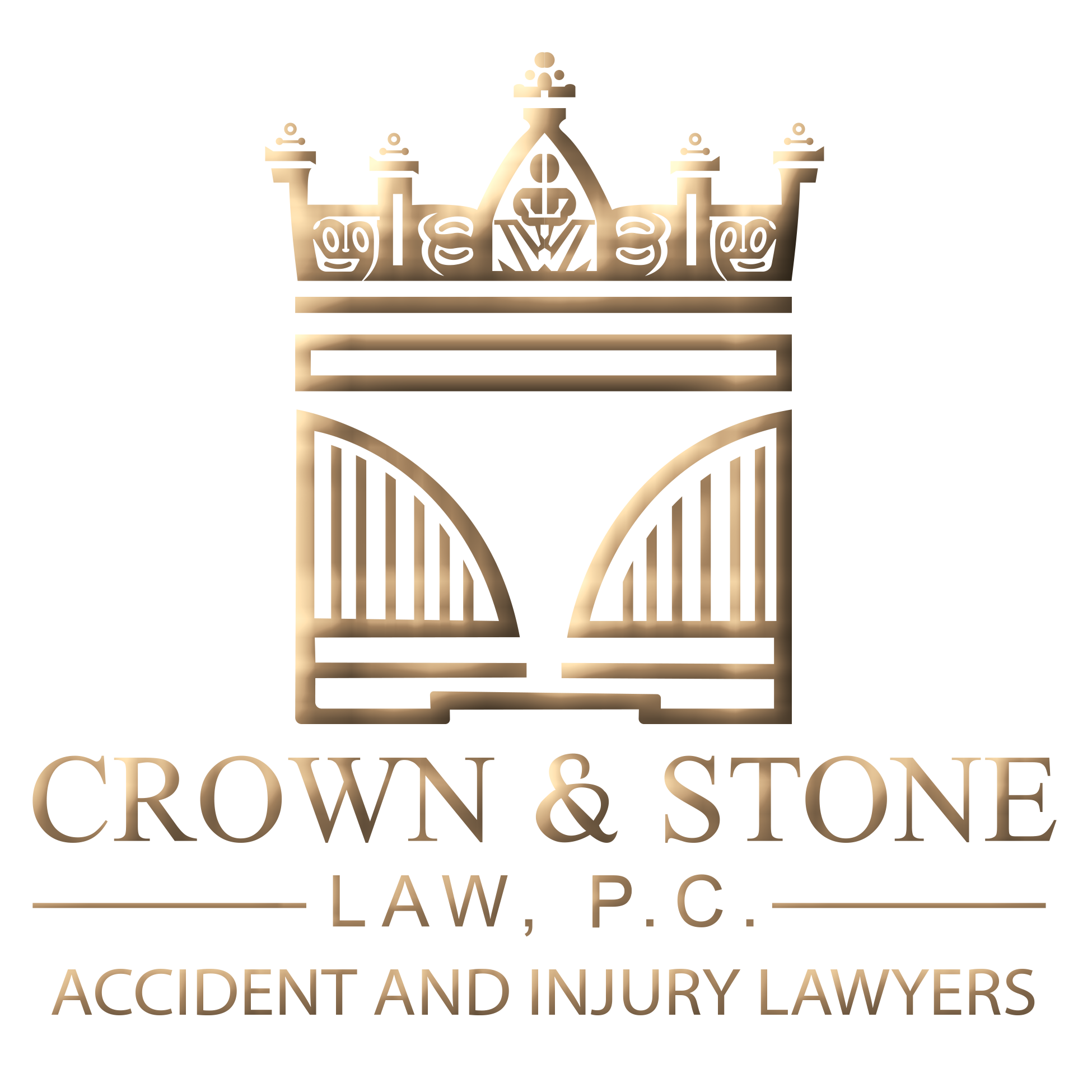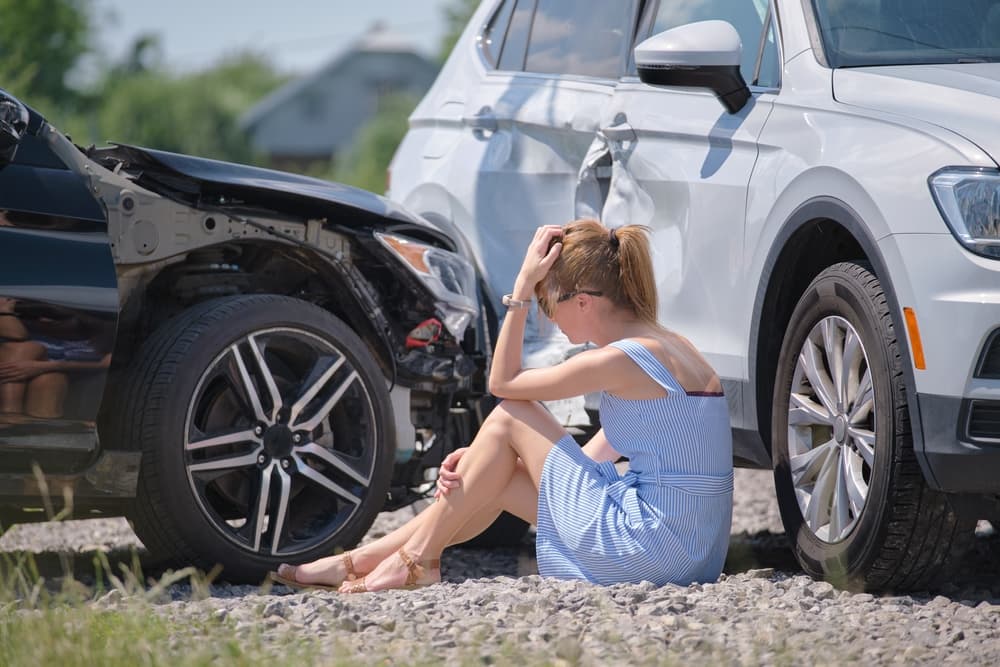Automobile accident claims and lawsuits are often based on the concept of negligence. Depending on the state laws, the party or parties responsible for the accident are liable for the damages incurred. However, you must prove fault.
Establishing negligence typically involves proving that one party failed to exercise reasonable care, leading to the accident and resulting in harm or losses. However, understanding the legal implications of negligence in car accident cases can often be challenging. Let us explore some of the key laws that apply to negligence car accident cases in California and walk through a case example to show how it all works.
Definition of Negligence
Negligence in the context of accidents has a broader meaning compared to the everyday use of the word. In car accident claims or lawsuits, negligence refers to the failure to exercise a level of care that a reasonably prudent person would have exercised in similar circumstances.
If a motorist is speeding, driving recklessly, or not obeying traffic laws, these actions could be considered negligent. In cases that involve willful misconduct, it could be seen as gross negligence or even intentional harm. These actions go beyond negligence and may result in more strict penalties.
Elements of Negligence
To prove negligence, the claimant has to establish four key elements: duty of care, breach, causation, and damages. The defendant must have owed a duty of care to the plaintiff. Duty of care means that the defendant had a legal obligation to act with a certain standard of care to avoid causing harm.
Motorists owe a duty of care to other road users. A more challenging aspect of a car accident case is to prove that the defendant breached the duty of care. You must provide evidence to prove this, especially in cases where liability is disputed. This means that not only do you have to prove that the defendant breached the duty of care but also that they directly caused you harm.
Lastly, the plaintiff must have suffered actual harm or injury as a result of the defendant’s breach, which can include physical injuries, emotional distress, financial losses, and other types of damages.
Comparative Negligence and Its Impact On Case Outcomes
States in the U.S. use different systems to determine fault and liability in personal injury cases. The most common systems are pure comparative negligence, modified comparative negligence, and contributory negligence. Each system has its own rules and implications for how damages are awarded in car accident cases and other personal injury claims.
California uses a pure comparative negligence rule, according to which a plaintiff can recover damages even if they’re 99% at fault. This rule makes proving fault even more crucial, as each party can recover more compensation if their percentage of fault is lower. In other words, the amount of damages a party can recover is directly proportional to their degree of fault, making each percentage of fault important to the case.
For example, if a plaintiff incurs $100,000 in damages and is found to be 80% at fault, they can still recover $20,000. If the fault can be lowered, the compensation would increase. With a pure comparative negligence system, plaintiffs are incentivized to seek compensation even if they share responsibility, while defendants are held accountable for their proportional share of the fault.
Statute of Limitations For Negligence Claims In California
While victims of California car accidents have the right to seek financial compensation for the damages caused by someone else’s negligence, they have to initiate legal action within a specified time frame. This is known as the statute of limitations.
In California, the statute of limitations for negligence claims is generally two years from the date of the injury. Not taking legal action before this deadline means the plaintiff may no longer be able to recover any damages for the losses. Remember that the statute of limitations is based on the type of case. A case that involves a wrongful death could have a different statute of limitations than a typical car accident case.
The statute of limitations is also subject to exceptions and exceptions. For example, if the case involves a minor, the statute of limitations can be tolled or paused until the minor reaches the age of maturity.
Understanding these time limits is crucial for anyone considering a negligence claim in California, as missing the deadline can result in the dismissal of the case. It’s always a good idea to consult with an attorney to ensure that all deadlines are met.
Negligence Car Accident Case Example
Say you’re driving your car down a busy street in Beverly Hills, CA when you get hit by another vehicle at an intersection. The other driver noticed the traffic light had turned red, and as a result, they collided with your car. The collision caused you to suffer serious injuries and property damage.
The opposing party disputes liability by claiming that they didn’t drive past a red light. This means you will have to prove that they weren’t being truthful, and were at fault. To prove their negligence, you can rely on evidence such as witness statements that can support your claim. You can also check if any surveillance footage captured the accident.
Some vehicles are equipped with dash cams that can provide footage of how the accident happened. Running past a red light is generally easier to prove compared to driver distraction or other types of negligence. However, through the assistance of an experienced attorney, you can gather evidence and build a strong case to prove the negligence of the opposing party.
To recover compensation, you can file a claim with the at-fault driver’s insurance company. If the insurance company disputes the claim or offers an insufficient settlement, you may need to file a personal injury lawsuit or take other legal routes to seek damages for your medical expenses, property damage, lost wages, and pain and suffering.
An experienced attorney can help guide you through this process. Our services include everything from the initial consultation to representing you in court.
Immediate Steps to Take Following an Accident
While an attorney can help guide you through the legal processes to prove negligence and recover compensation, there are some immediate steps that you may take following the accident. Auto accidents often result in injuries so your priority should be to ensure the safety of everyone involved in the accident.
Call 911 and report the accident. Check yourself and others for injuries. If anyone is seriously injured, don’t move them unless it’s necessary to prevent further harm. Getting medical attention is not only important for your health, but could also help your case. Medical records such as emergency care records can be used as evidence in insurance claims and lawsuits.
Obtain the name, contact information, insurance details, and license plate number of the other drivers involved in the accident. You should also gather readily available evidence for the crash site, such as photos of your injuries, damage to the vehicle, and anything else that could be relevant to your case. If there are any witnesses, be sure to get their contact information as well.
Importance of Legal Advice From a Reputable Firm
If you or your loved one suffered an auto accident due to another party’s negligence, you may have a valid car accident claim or lawsuit. However, you must take swift and strong action. We recommend that you engage our attorney as early in the process as possible.
This will allow us to have the maximum impact on the outcome of your case and help reduce the burden. While our car accident negligence law firm handles all the legal aspects of your case, you can focus on recovering from the accident.
The process will start with an initial consultation with our attorney who will assess your case and guide you on the best legal recourse. We can also share more California car accident negligence examples that might help you make informed decisions about your case. You can learn more about us from our website. When you’re ready to schedule your free consultation with Crown & Stone Law, P.C., contact us.



